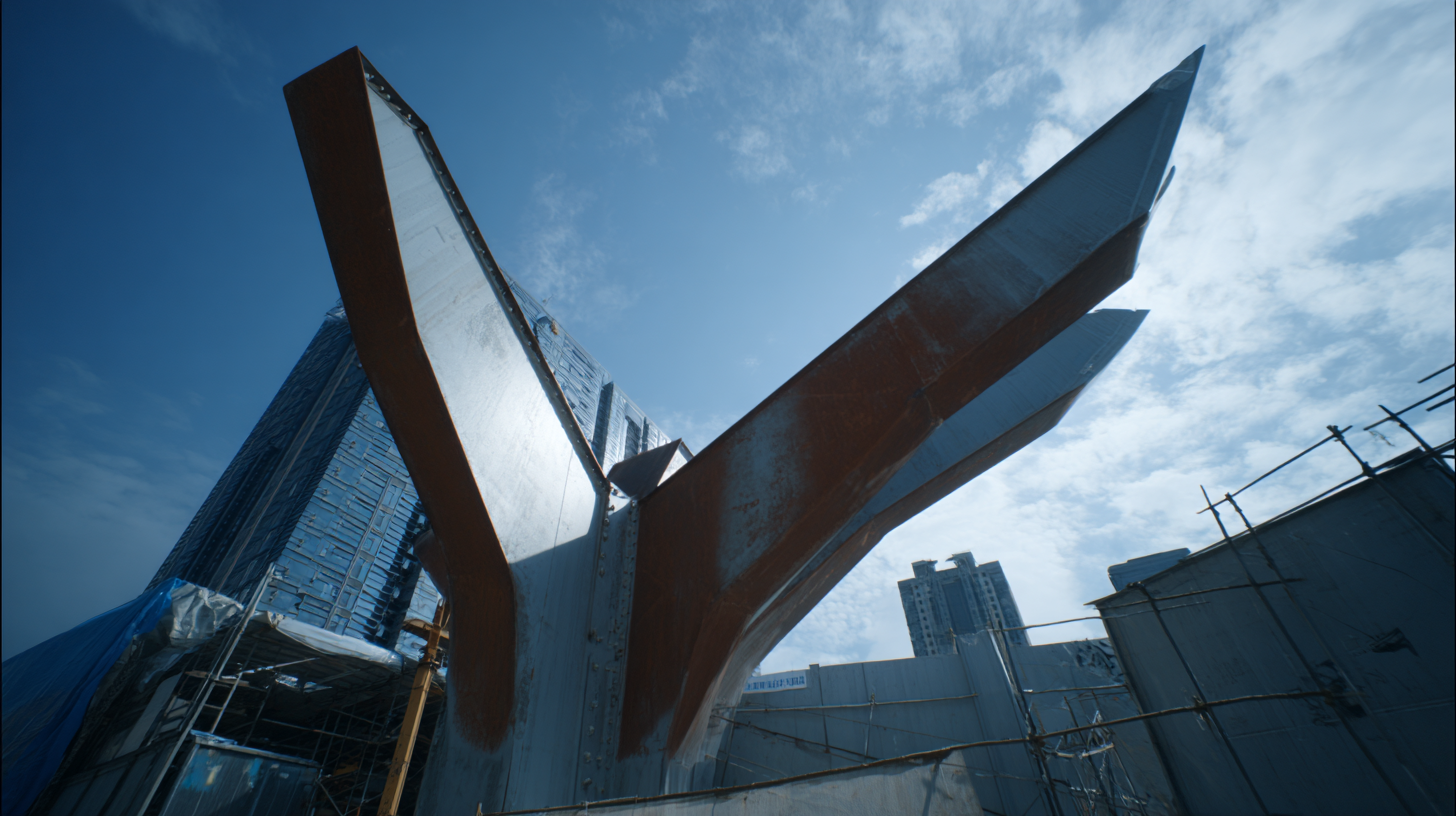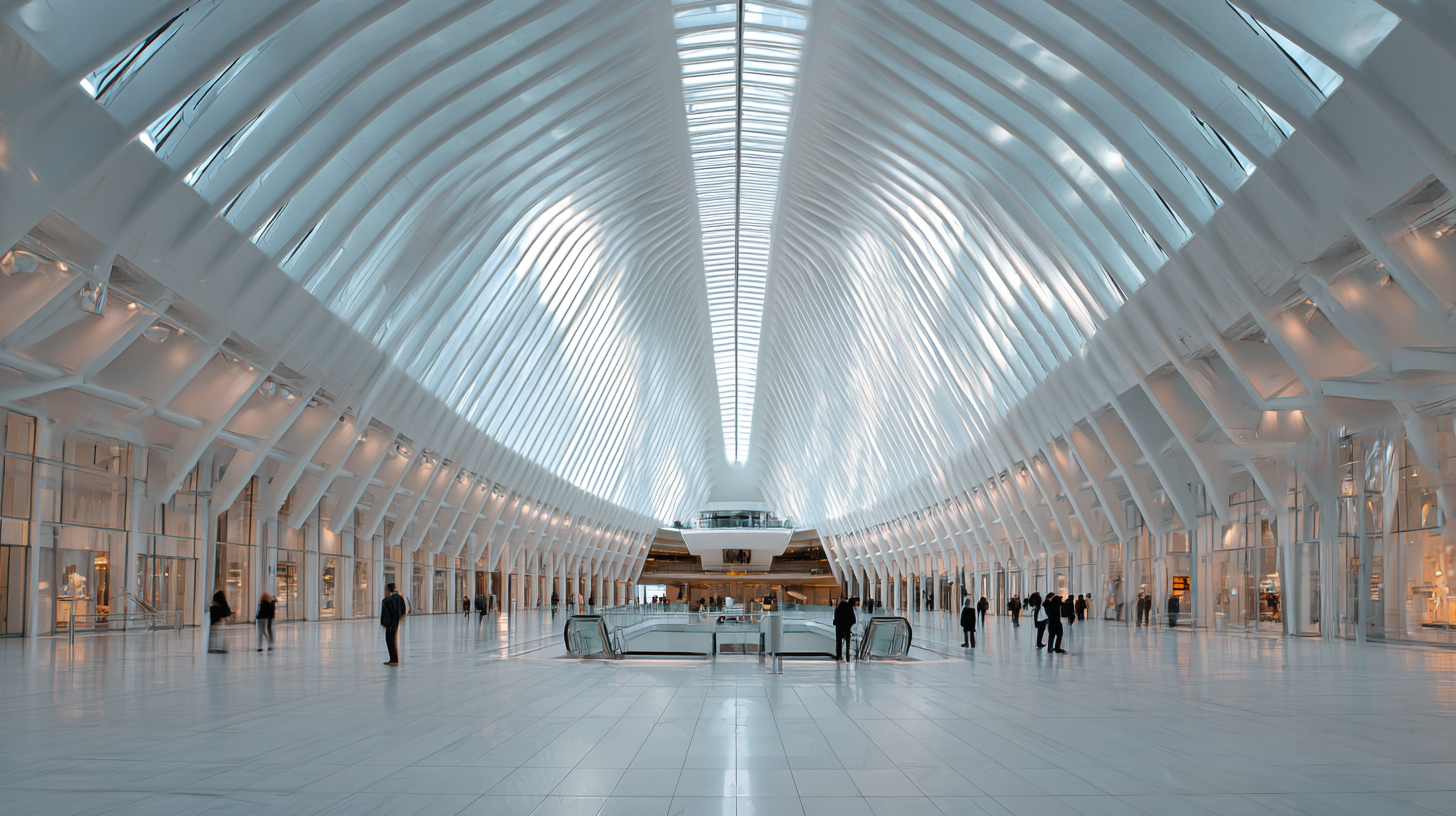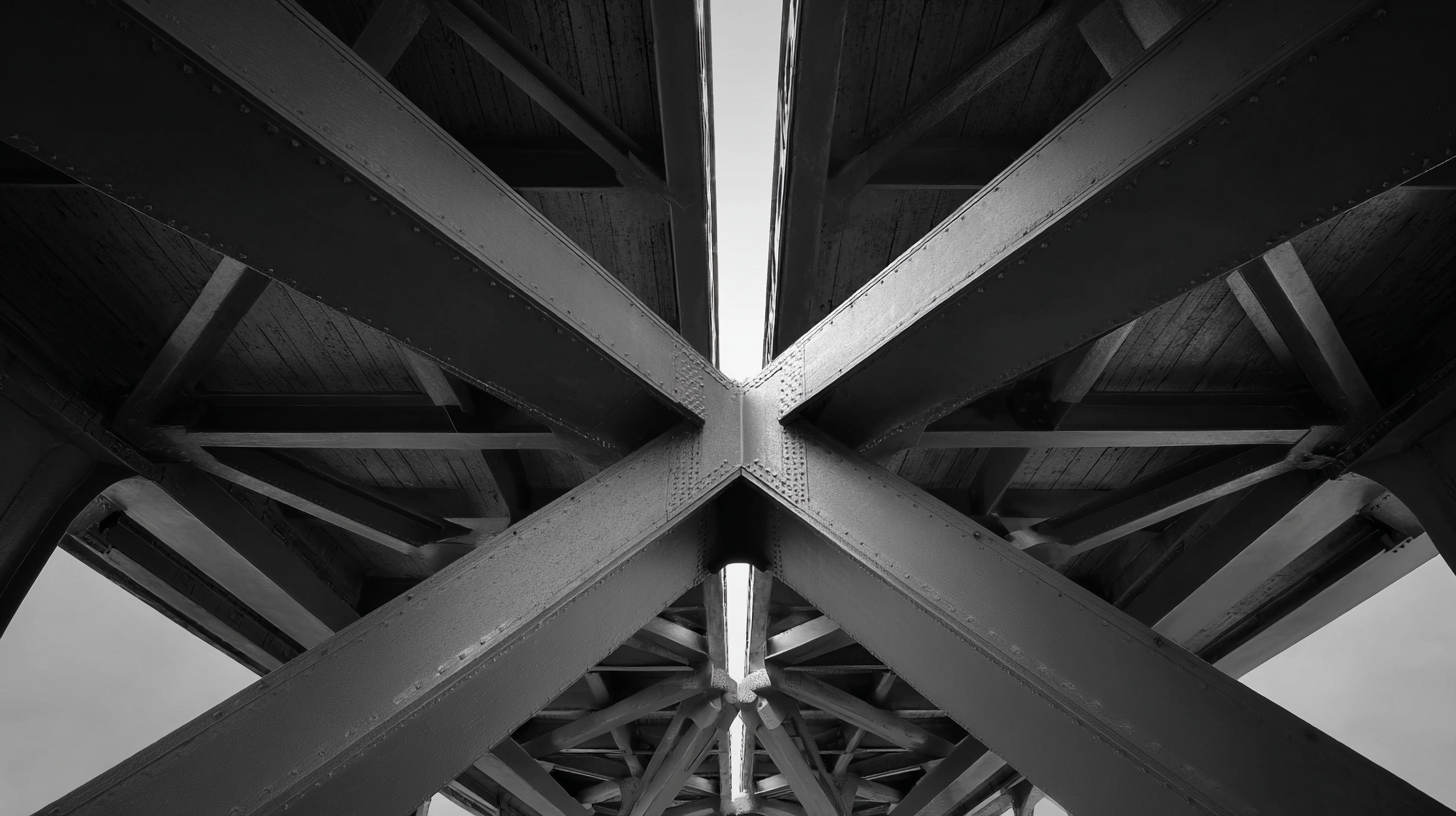
As we look towards 2025, the steel industry stands on the brink of significant transformation driven by innovative technologies and evolving market demands. According to a report by the World Steel Association, global steel demand is projected to reach 1.9 billion metric tons by 2025, with a substantial portion attributed to the construction sector, where the Beam of Steel plays a crucial role in structural integrity and design efficiency.
 Advances in manufacturing techniques, such as carbon capture and sustainable production processes, are reshaping the landscape, emphasizing the need for high-performance steel beams that meet both economic and environmental goals.
With the rise of smart manufacturing and digital twins, the future of Beam of Steel promises enhanced customization and improved lifecycle management, positioning the industry for sustainable growth in tandem with technological advancements.
Advances in manufacturing techniques, such as carbon capture and sustainable production processes, are reshaping the landscape, emphasizing the need for high-performance steel beams that meet both economic and environmental goals.
With the rise of smart manufacturing and digital twins, the future of Beam of Steel promises enhanced customization and improved lifecycle management, positioning the industry for sustainable growth in tandem with technological advancements.
The steel industry is witnessing transformative innovations that will significantly enhance production efficiency and material performance by 2025. According to a recent report by Research and Markets, the global steel market is projected to reach $1.3 trillion, driven by advancements in steel manufacturing technologies. Key players such as Tata Steel and ArcelorMittal are investing heavily in automation and AI, aiming to reduce operational costs and improve product quality. These companies are at the forefront of exploring Electric Arc Furnace (EAF) technologies which allow for more sustainable steel production with lower carbon emissions, aligning with global climate goals.
In addition, the rise of 3D printing within the construction sector is reshaping how steel beams are utilized. A study from McKinsey indicates that additive manufacturing in steel could reduce waste by up to 50%, creating structures that are not only lighter but also stronger. As digital technologies integrate into the supply chain, players in the industry are enhancing their capabilities with predictive analytics to optimize production scheduling and inventory management. This combination of sustainability and technological advancement positions the steel industry for a dynamic and efficient future, catering to the growing demand for eco-friendly construction materials.
The steel industry is undergoing a transformative shift towards sustainability, driven by eco-friendly innovations poised to redefine production practices by 2025. According to the World Steel Association, the global steel sector is responsible for approximately 7-9% of total greenhouse gas emissions, highlighting the urgency for sustainable solutions. Innovations such as hydrogen-based steelmaking and electric arc furnaces are leading the charge towards a greener future. A recent report from the International Energy Agency (IEA) indicates that transitioning to hydrogen can reduce emissions by up to 95%, presenting a viable path for the industry to drastically lower its carbon footprint.
Furthermore, circular economy practices are gaining traction in the steel sector, with the use of recycled materials becoming increasingly popular. The Global Recycling Foundation reports that recycling scrap steel saves 1,115 kg of CO2 emissions for every ton of steel produced. This shift not only reduces environmental impact but also enhances resource efficiency and cost-effectiveness. As the demand for sustainable materials surges, manufacturers are integrating smart technologies into their processes, facilitating real-time monitoring and optimization. By embracing these innovations, the steel industry is setting a precedent for future sustainable practices, significantly contributing to global climate goals.
The steel industry is witnessing transformative changes as technologies like the Internet of Things (IoT) and Artificial Intelligence (AI) integrate seamlessly into manufacturing processes. A report by MarketsandMarkets predicts that the global smart steel market will grow from $2.4 billion in 2021 to $4.3 billion by 2026, at a CAGR of 12.6%. This growth is driven by enhanced operational efficiency, predictive maintenance, and data-driven decision-making capabilities facilitated by these technologies. By 2025, smart steel will not only streamline production but also ensure optimal performance of steel beams in construction, leading to safer and more sustainable structures.
Tips for implementing these advancements include investing in IoT sensors that provide real-time data analytics, enabling companies to monitor equipment health and predict failures before they occur. Additionally, incorporating AI-driven software can enhance quality control processes by analyzing data from production lines and predicting defects. As companies adopt these smart technologies, they must also focus on upskilling their workforce to handle new tools and methodologies.
With the integration of IoT and AI, the future of steel manufacturing promises significant improvements in both efficiency and product quality. Industry leaders are encouraged to embrace this evolution, as the convergence of digital technologies will ultimately lead to a more resilient and innovative steel sector.
| Technology Trend | Description | Expected Impact | Implementation Timeline |
|---|---|---|---|
| IoT Integration | Utilizing Internet of Things for real-time monitoring of steel production and quality. | Improved efficiency and reduction in waste during manufacturing. | 2023 - 2025 |
| AI in Quality Control | Applying artificial intelligence to predict defects and enhance quality assurance measures. | Higher quality steel products and reduced rework rates. | 2024 - 2025 |
| Sustainability Initiatives | Implementing eco-friendly practices and recycling methods in steel production. | Reduction of carbon footprint and enhanced public perception. | 2023 - 2025 |
| Advanced Robotics | Using robotics for precision tasks in the manufacturing process. | Increased production speed and accuracy in fabrication. | 2023 - 2025 |
| Digital Twin Technology | Creating virtual models of production processes to optimize operations. | Enhanced predictive maintenance and operational efficiency. | 2024 - 2025 |
The construction industry is on the brink of a revolution, primarily driven by the development of advanced alloys that promise to significantly enhance structural integrity and durability. As we look towards 2025, these innovative materials are set to redefine the standards for steel beams, offering not only superior strength but also remarkable resistance to environmental factors. By integrating elements such as chromium, nickel, and molybdenum, manufacturers are now able to produce alloys that withstand extreme temperatures and corrosive conditions, thereby prolonging the lifespan of structural components.
Furthermore, the shift towards these advanced materials is being fueled by the industry’s increasing demand for sustainable building practices. With a focus on reducing the carbon footprint, these high-performance alloys enable the construction of lighter yet stronger beams, leading to more efficient use of resources. The incorporation of modern manufacturing processes, such as additively manufactured steel, allows for tailored designs that meet specific architectural needs. As engineers and architects embrace these innovations, we can expect buildings and infrastructure that not only meet contemporary requirements but also anticipate future challenges.

As we look towards 2025, the steel industry is poised for transformative changes that reflect both market demands and innovative design trends. Future-proofing steel technology is essential for meeting the evolving needs of various sectors, particularly in construction and manufacturing. One significant trend is the increasing emphasis on sustainability. Steel manufacturers are focusing on reducing carbon footprints through more efficient production processes and the use of recycled materials, responding to a global push for greener building practices.

Moreover, the integration of advanced technologies, such as artificial intelligence and automation, is reshaping how steel products are designed and manufactured. Industry leaders are exploring smart steel solutions that offer enhanced structural capabilities while optimizing resource usage. This not only caters to the market’s demand for high-performance materials but also aligns with contemporary design aesthetics that prioritize functionality and efficiency. By anticipating these trends, steel producers can better position themselves to meet customer expectations and drive innovation in the years to come.